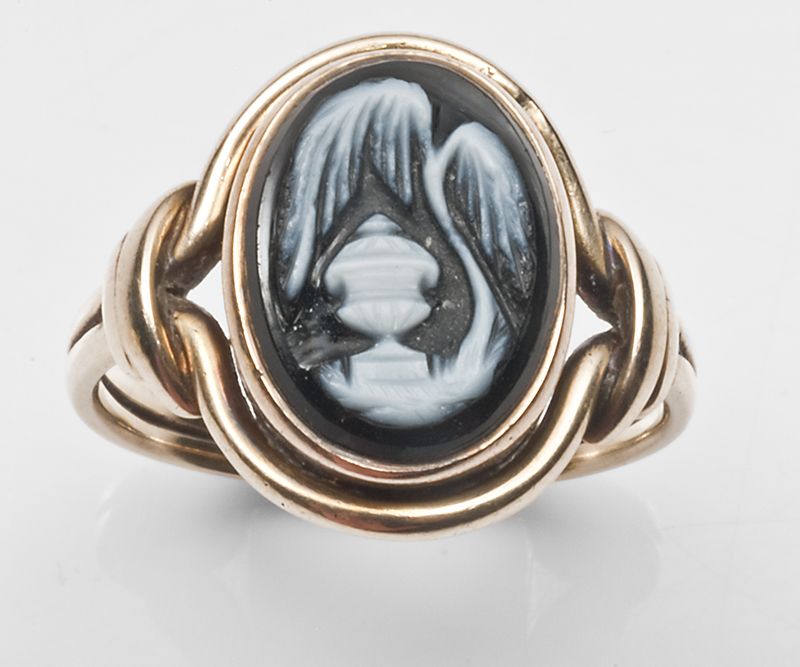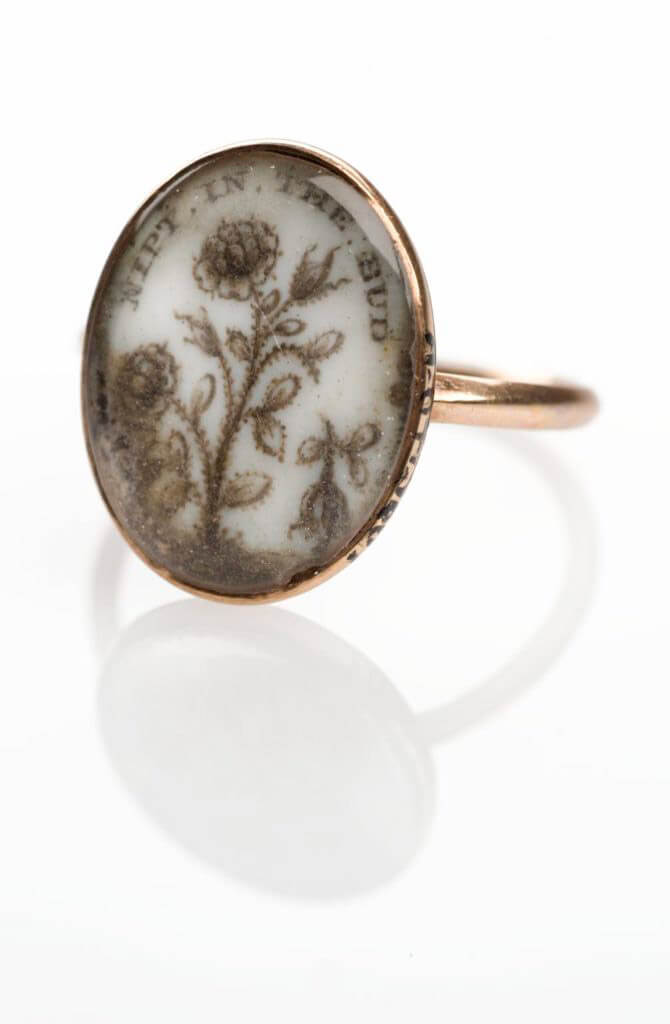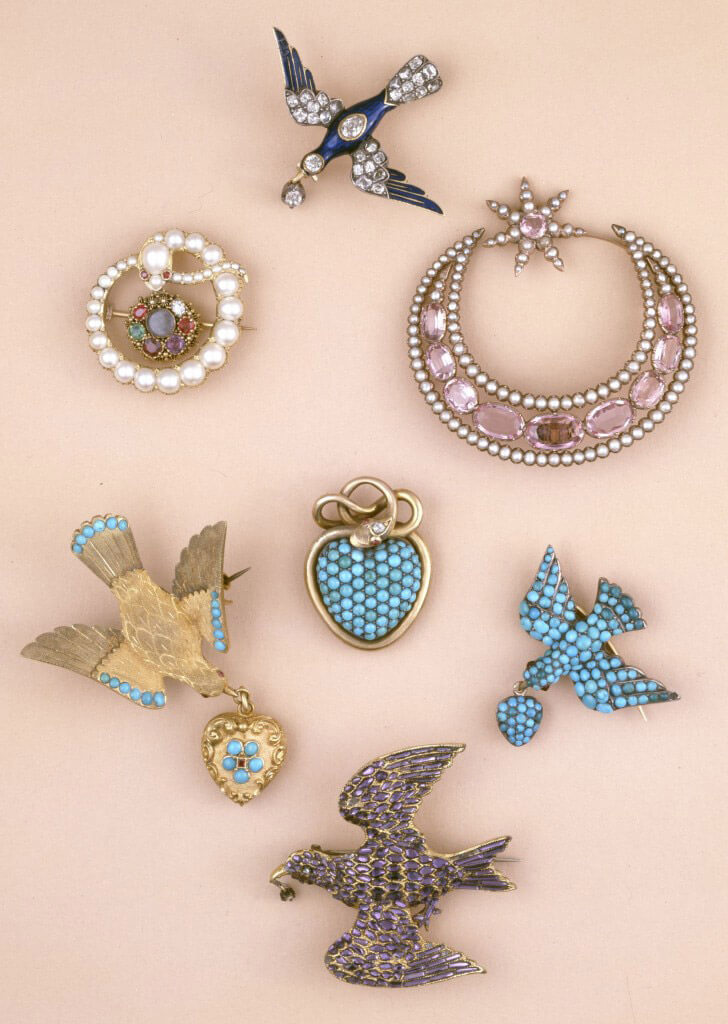Symbolism, The Willow

A weeping willow (Salix babylonica) is heavily symbolic of grief, sorrow and mourning, even physically, it stands as an analogy to human grief, with its back bent over the subject; be it a weeping figure, a tomb, plinth or any other mourning subject. Its symbolic origins are a combination of the ancient world and a biblical verse, making it a perfect addition to 18th century symbolism, as it remains respectful to religion and classicism. In Psalms 137:1 of the King James Bible (1611), the willow is referenced next to the river of Babylon:
By the rivers of Babylon, there we sat down, yea, we wept, when we remembered Zion.
We hanged our harps upon the willows in the midst thereof.
King James Bible (1611) Psalms 137:1
The weeping willow’s association with grief is based on its connection to the bible, despite the title being a misnomer; the trees growing along the Euphrates River are actually a form of poplar and has been updated in the New International Version of the Bible. Education and greater access to bibles allowed for more people to read and interpret the meaning within. As it has become set in the popular mindset, it would take the wealthier members of society to import the weeping willow into their estates.
According to Twickenham Museum, writer Alexander Pope (1688 – 1744) is recorded as having planted a weeping willow at his estate on the Thames. On the 24th of August, 1742, he bundled a series of twigs from the tree, along with a letter to Ralph Allen to Dr Pierce in Bath. No origin can account for this tree, with speculation that it was from Turkey, Spain or Portugal. It was likely from his landlord, Thomas Vernon, living at Twickenham Park. Vernon also was a merchant of goods from Turkey, so its origin was likely from there.

Its popularity, sturdiness, ability to create shade and anthropomorphic interpretation as physically grieving made it a popular tree to cultivate. Charles Bridgeman obtained 800 saplings to plant at Lodge Park in Gloucestershire. Not long after this, in the c.1760s, the popularity of the tree became closely associated with mourning jewellery. The wealthy who could afford to produce mourning jewels with this design used it liberally with the urn motif, much in the same way as the John Chippendale ring is.
Miniature artists produced the design in samples and travelled Britain with these painted designs on ivory discs, customising them for the purchaser, such as the name, urn, initials or motto in India ink.
References: Twickenham Museum






